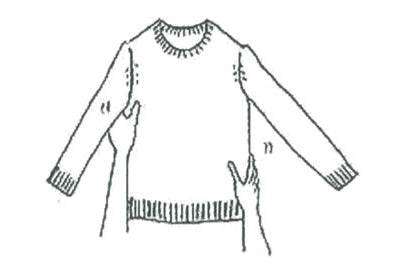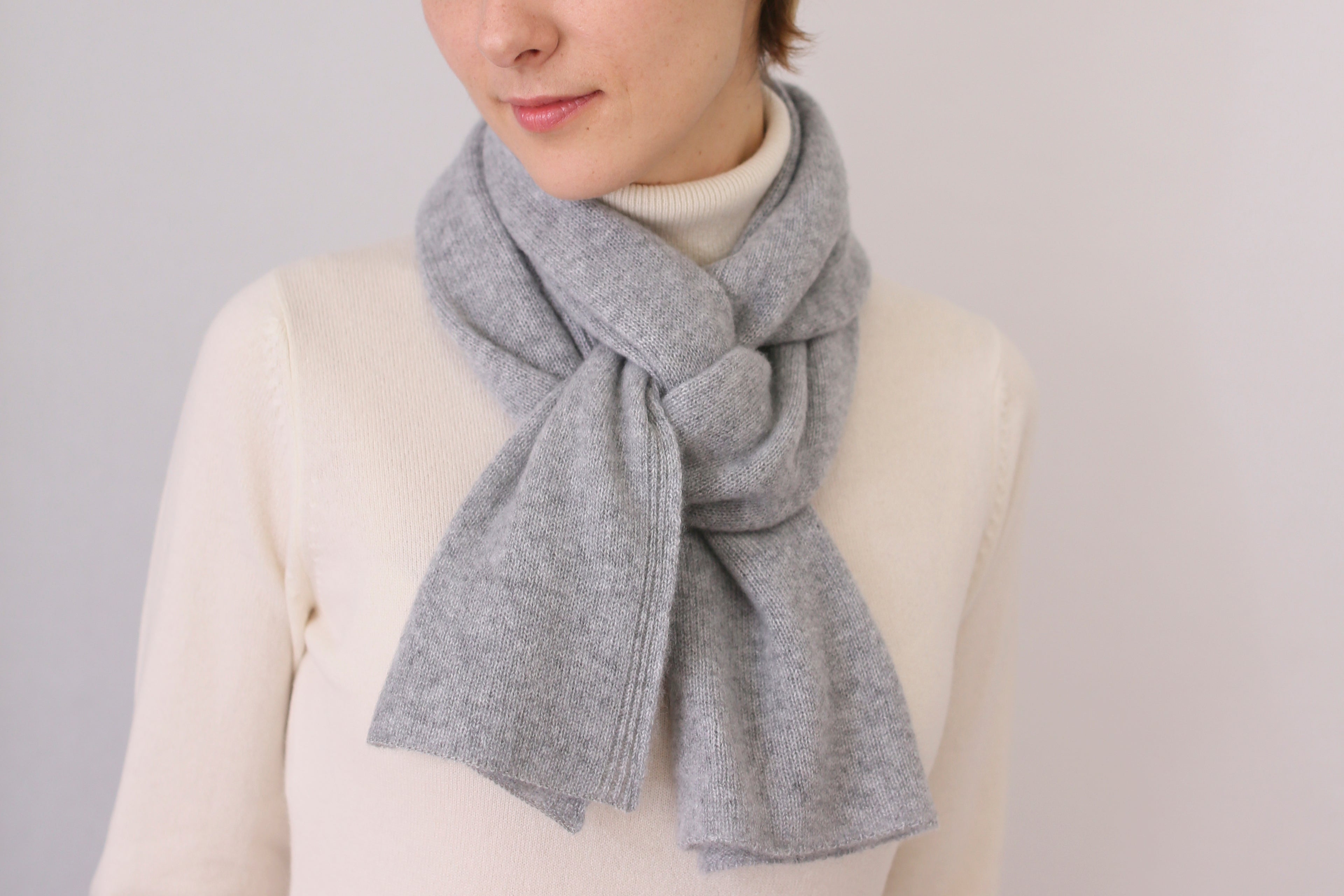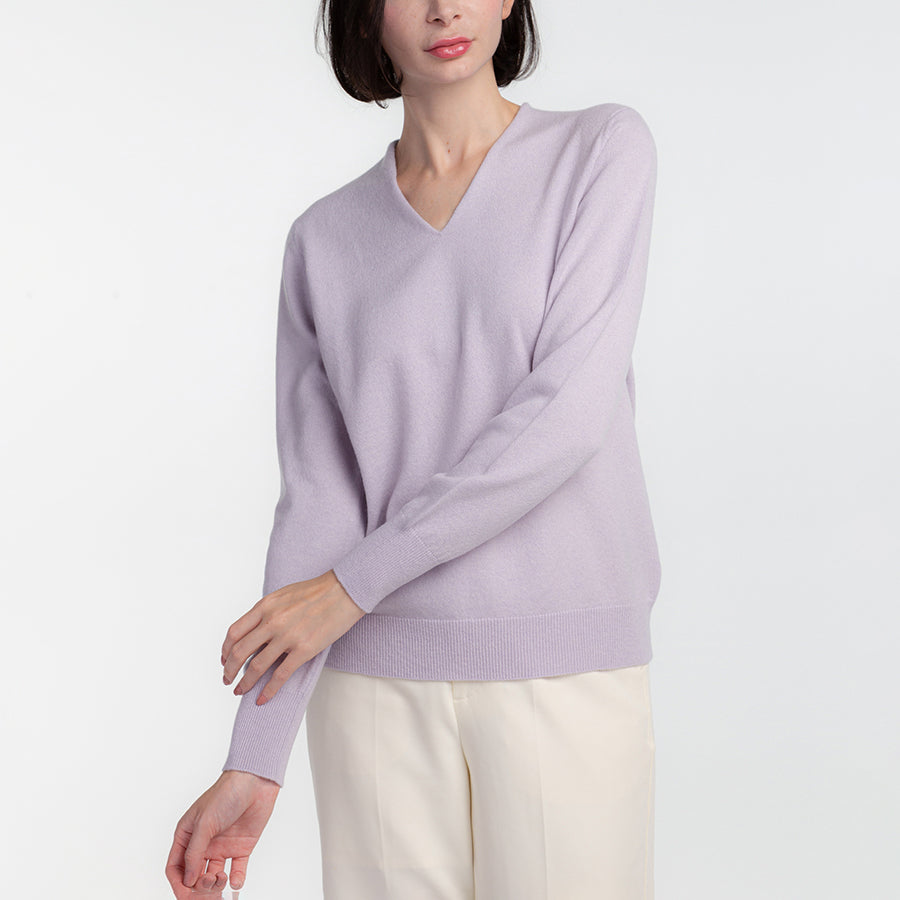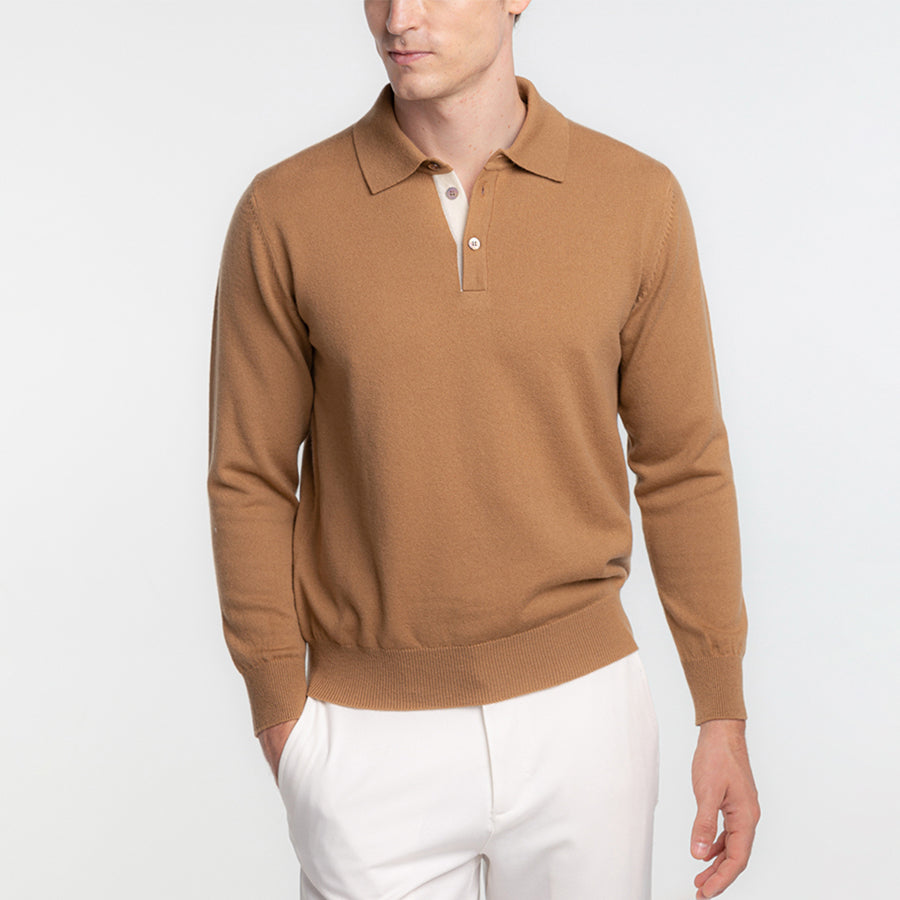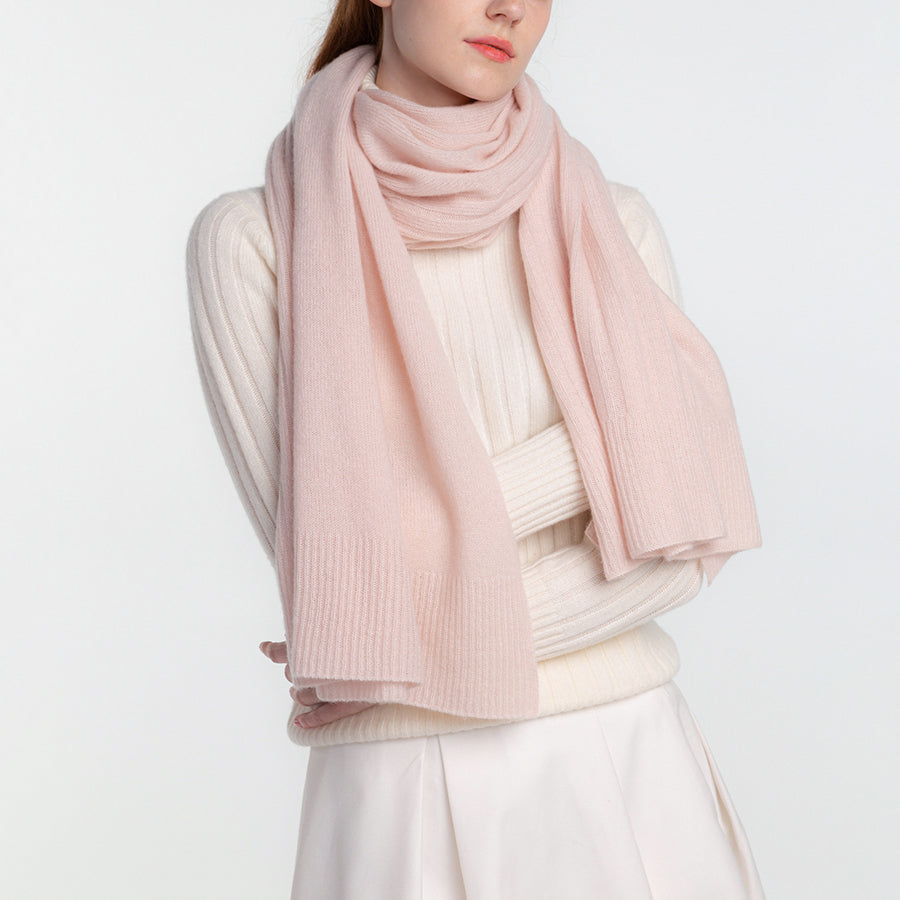Sweaters are made by about 2 to 3 cashmere goats. Rare and precious cashmere

Sweaters are made by about 2 to 3 cashmere goats.
Rare and precious cashmere
Cashmere, known as the jewel of wool, is a member of the cashmere goat family that inhabits the highlands of Central Asia. It is a place of extreme cold where the winters can reach 30 degrees below zero, but the summers, on the contrary, can exceed 40 degrees.
In order to survive such harsh winters, the cashmere goats grow light and warm down between their hairs, which naturally fall off in the spring and are replaced by summer hair. We humans take these downy hairs and use them to make sweaters, and we do not kill the cashmere to harvest the soft downy hairs, nor do we hurt it. Humans and cashmere have a very good symbiotic relationship.
We use the downy hair of cashmere to make sweaters and scarves, but how much cashmere downy hair do we need?
Cashmere hair is combed out with a tool like a rake. One head of cashmere yields about 300 grams of hair. I have seen sheep being sheared, and a full sheep can be shorn in about 5 to 10 minutes, but cashmere is not so easy. It takes about an hour to comb it, not to shear it. I once had the opportunity to experience combing the downy hair of cashmere in Inner Mongolia, a cashmere producing area in China, and it is such hard work that my arms become tense after about five minutes.
Although carding is a tough work that continues throughout the spring, it is a joyous time for the cashmere herders as they are rewarded for their hard work throughout the year.
The combed wool is packed in huge bags and sold to specialized traders. Some specialized traders simply go around to pastoralists who graze in large areas and buy the harvested hair.
The carded hairs are called "hairs of the soil," and they contain not only downy hairs but also hard hairs called bristles, prickly hairs, dead trees and grass, dirt and sand, and other dirt from a year's worth of cashmere.
After the dirt is sifted to remove sand and mud, small plant branches and leaves are removed by hand and the hair is washed. After washing, the downy hairs are removed in a process called seimou, which is unique to cashmere. This process finally produces the fluffy downy hairs that look like cotton candy, but at this point, the downy hairs are reduced to about half of what they were when the hairs were first harvested.
Of the cashmere downy hair, long fibers of good quality are traded for knitwear, short fibers for fabrics such as coats and suits, and thick, relatively short fibers for blankets.
Although not widely known to the public, the finest cashmere tends to be used first and foremost for knitwear.
From each head of cashmere, 300 grams of hair is extracted, which is divided into bristles and fluff, with the final yield being approximately 180 grams. Approximately 140 grams of this precious cashmere is used for the UTO Angel stole. In other words, the women's sweater is equivalent to two heads of cashmere, and the men's sweater is equivalent to three heads of cashmere.


